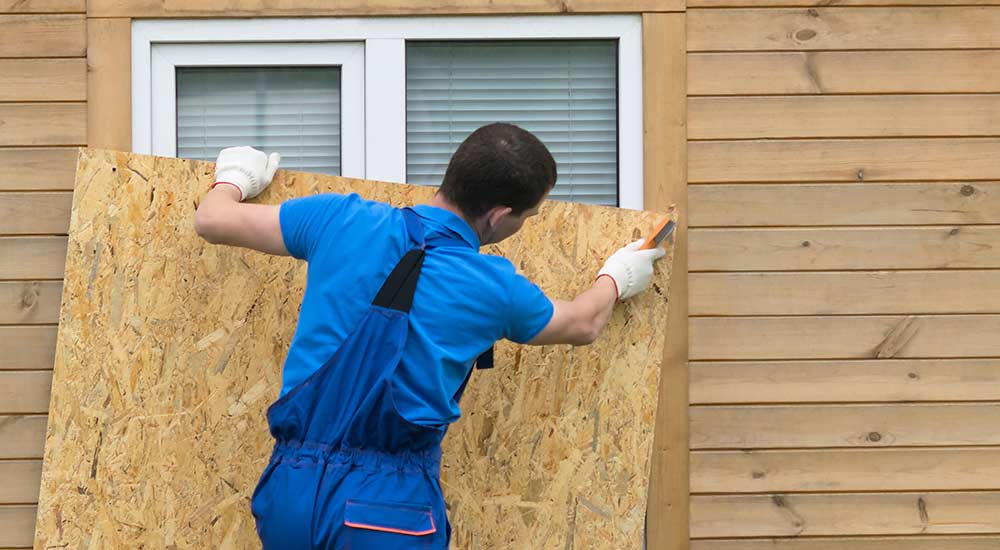What Does a Mandatory Evacuation Mean During a Hurricane

Living in a hurricane-prone area comes with its unique set of challenges. One of these is understanding what a mandatory evacuation during a hurricane means. When a hurricane approaches, local authorities may issue a mandatory evacuation order. It’s important to recognize that this is not just a casual recommendation--it's a serious directive meant to protect lives.
Understanding Mandatory Evacuation Orders
A mandatory or directed evacuation order is a directive issued by local authorities. It requires residents in a specific area to leave due to an impending disaster, such as a hurricane. The goal of the order is to safeguard you, your family and our first responders. It is issued when a hurricane is expected to cause significant damage and pose a serious threat to safety.
Understanding hurricane evacuation orders is crucial for residents in hurricane-prone areas. These orders are based on careful assessment of the hurricane's potential impact and are never made lightly.
The criteria used to determine when a mandatory evacuation is necessary include the hurricane's size, speed, and projected path—factors that help local officials determine if the area faces imminent threat to human life and property. The vulnerability of the area to storm surges and flooding is also considered.
Mandatory evacuation orders are typically issued by local government officials. If a storm is approaching, it's important to stay informed about evacuation orders through local news and emergency services.
Mandatory vs. Voluntary Evacuations
Mandatory and voluntary evacuations are two types of evacuation orders. Understanding the difference between them is crucial.
A mandatory evacuation during a hurricane is an order that requires residents to leave. Ignoring this order can have legal implications and put lives at risk.
A voluntary evacuation is a recommendation. It advises residents to leave for their safety, but it's not legally enforceable.
Occasionally, residents may be ordered to shelter in place. In some instances, it is safer for people to quickly seek shelter indoors. This can happen if there is little time to react to severe weather or if travelling is too dangerous.
Regardless of the type of order, it's always best to heed these orders and prioritize safety over property.
Preparing for a Mandatory Evacuation
Preparation is key when facing a potential hurricane and having a personal evacuation plan in place is important. This plan should consider all family members including pets and a list of essential items to take with you. Remember, preparation is not a one-time event. It's important to review and update evacuation plans and checklist regularly, especially before hurricane season.
Creating Your Evacuation Checklist
A hurricane evacuation checklist is a list of essential items you need to take with you during an evacuation. It should be prepared in advance and kept in a place where it can be easily accessed. Your checklist should include items like food, water, and medical supplies. These should be enough to last for several days. Also, consider including important documents. These should be safeguarded in waterproof containers.
Here's a basic checklist to get you started:
- Food and water for several days
- Medical supplies and prescriptions
- Important documents in waterproof containers
- Cash and credit cards
- Cell phone and charger
- Clothing and hygiene items
- Pet supplies
Planning Your Evacuation Route and Shelter Options
Knowing your evacuation route in advance is crucial. It helps you avoid traffic congestion and reach safety faster. You should also know where your nearest evacuation shelters are. These shelters provide temporary housing for evacuees. Also, keep physical maps handy. They can be a lifesaver in case of power or network outages.
What to Do When an Evacuation Order is Issued
When a mandatory evacuation order is issued, it's time to act. You should follow the instructions of local authorities and leave your home as soon as possible. Stay informed about the situation through local news and emergency services. Social media and emergency apps can also provide real-time updates.
Immediate Steps to Take
Once an evacuation order is issued, there are a few immediate steps you should take. First, gather your go-bag and any other essential items from your checklist. Next, secure your home as best as you can. This means turning off electrical items, securing doors and windows, and putting important things higher up in case of a flood. Finally, leave your home and follow your pre-planned evacuation route. Stay calm, drive carefully, and avoid flooded roads and bridges.
The Legal and Safety Implications of Ignoring Evacuation Orders
Ignoring a mandatory evacuation order can have serious consequences. From a legal standpoint, you could even face fines. More importantly, staying behind puts your life at risk. Emergency services may not be able to reach you during the height of the storm. Additionally, you could hinder rescue efforts and put others in danger. Remember, these orders are issued for your safety and the safety of the community.
After the Evacuation: Returning Home Safely
Once the hurricane has passed, you may be eager to return home. However, it's important to wait for official confirmation that it's safe to do so. Returning too soon could expose you to hazards like downed power lines, unstable buildings, or contaminated water. It's best to stay put until authorities give the all-clear. When you do return, be cautious. Inspect your home for damage and take photos for insurance purposes. Remember, safety should always be your top priority, even after the storm has passed.
If you have any questions about your insurance coverage, talk to an independent insurance agent today to ensure you’re properly covered.

